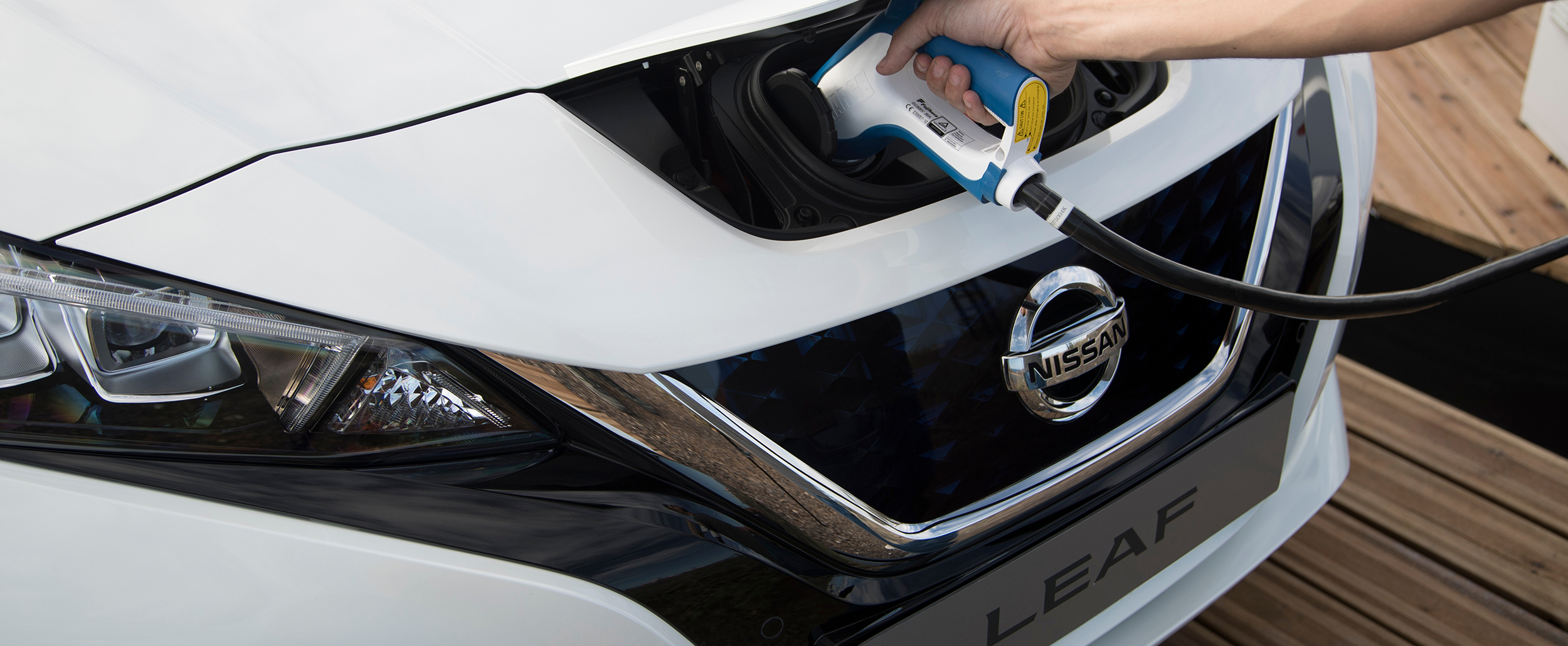Electric Vehicles and Fleet Management (Part 2):
Last week I announced a 4-part series about how the Fleet Management world can get ready for the wider use of electric vehicles (EVs).
Let’s get started.
HERE’S A FACT: EVs ARE COMING.
Yes, they’re already here. But their share of the market isn’t big at the moment. And all indications are this is going to change.
EVs roughly fall into two category types: part-electric and full electric.
Here are some examples:
Hybrid vehicles (part-electric): where a small electric motor (powered by an onboard battery – not the conventional one under the bonnet but a larger one elsewhere in the vehicle) helps drive the car. This electric motor works alongside the normal petrol or diesel engine under the bonnet. And the battery is recharged when the car decelerates and brakes. These vehicles often use their EV-mode for urban driving. And it’s typically the vehicle that selects which power source to use when you’re driving it. It can be the electric motor, the conventional motor, or both.
Plug-in hybrids (part-electric): these are the same as the vehicle above, but you can also plug it into an electrical socket to recharge the onboard battery (which usually happens when the vehicle is stationary overnight).
EVs (full-electric): these are also called Battery Electric Vehicles, or BEVs. These don’t have a petrol or diesel engine. They’re driven only by an electric motor powered by a big onboard battery. Like a hybrid, the battery is topped up when the vehicle decelerates and brakes, but it also needs recharging from an external recharger. This manual recharging is how the battery gets most of its useable electric charge.
These types of vehicles have been around for a little while.
But their scale is now growing.
And EVs, especially BEVs, are something you can’t ignore.
Especially if fleet management is part of your business.
And here’s why.
The Need For Cleaner, Less Polluting Ways Of Living And Getting Around Have Been Big Topics For A Long Time.
It’s a big need. It’s caused many industries to make big changes.
Governments around the world have developed new plans and future rules that are guiding these industries more than ever.
Car manufacturing is one of these industries.
Many governments have been setting ever-tighter, long-term rules for the types of chemicals that new vehicles can emit from their exhaust pipes when they’re driven. And they’ve also been setting rules for how much they can emit.
The World’s Carmakers Saw This Coming a Long Time Ago.
And given it takes anywhere from 4 to 7 years and up to US$1 billion (sometimes more) to develop a new-model car, they had to.
In reply, carmakers have been planning for their future vehicles to meet these tough exhaust emission rules.
And this isn’t an easy challenge.
Building cars and commercial vehicles that emit super-low amounts of these exhaust gases is difficult.
And keep this in mind:
The engines you and I have driven all our lives probably won’t meet these future laws. Especially in the longer-term.
Well, in theory they might.
IF they’re made very small. And fitted with expensive equipment like clever turbochargers and fuel-saving devices.
And IF the entire vehicle is made super-light. But this needs costly materials like carbon fibre and other tricky stuff.
And many other ‘IFs’.
Automakers have been doing these things for a while now. They’ve helped them meet the current crop of emissions rules.
But the time is now approaching where they won’t work – or at least lose their effectiveness against these strict future rules.
What you also have to keep in mind is that every new-model vehicle needs to stack up as a business case. Car makers, after all, are in business to make money.
So, the short version goes like this:
Carmakers Have Had To Adapt To These Strict Environmental Regulations. And Part-Electric and Full-Electric Vehicles Have Become The Answer.
And as with any mass-market vehicle they make, they need scale.
When automakers build a new-model car, van or truck, they often design it and build it to appeal as many buyers as possible – in as many markets as possible.
The more they sell, the more they make. And the cheaper each vehicle becomes to produce.
All makes sense, right?
And when they add environmental messaging to their marketing (like many automakers now do to sell these types of models), they need to show the world their products meet their claims.
Once again, this means they need as many markets as possible to sell these ‘greener’ cars.
And this impacts the cars that end up being sold in Australia. Which I’ll explain this in the next instalment.
Until then, Merry Christmas, Happy New Year, and stay safe.
Grant Andrews
Managing Director
Uniqco
P.S.: I’m taking a short holiday break. The next instalment in this series will be published on Wednesday 6 January 2021.


